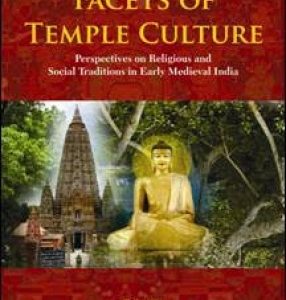Buddhism is one of the important religions of ancient India. It originated in about the 6 century B.C. and spread to eastern and central parts of India by c. 5-4 century B.C. The epigraphic and literary sources suggest that it reached the North-West by the 3 century B.C. or at least during the reign of the Mauryan King Asoka (c. 273-236 B.C.). Since then it was the predominant religion till about the 5 century A.D. Thereafter, it was still a major living force till the end of the middle of the 7 century A.D. It influenced the life of numerous people-Indian and also foreign. The North-Western selection of the Indian subcontinent was one of the main areas where foreigners felt the impact of Buddhism, and through this region the religion spread to Central Asia and China. In fact for understanding the influence of Buddhism in outside world as well as the development of the religion, with special reference to popular Buddhism, in India’s borderlands, a proper knowledge of the history of Buddhism in the North-West is a desideratum. An attempt has been made in the present book to fulfil this need. The recent discoveries of birch bark manuscripts from Eastern Afghanistan, which are now in the Oriental and India Office Collections of the British library, London and in the Washington University library have added significantly to our knowledge of Buddhism in the north-west of Indian subcontinent and its borderlands. This has been also taken into account in this book.
Facets of Temple Culture: Perspectives on Religious and Social Traditions in Early Medieval India
This book consists of twenty ...
$101.70
$113.00






There are no reviews yet.